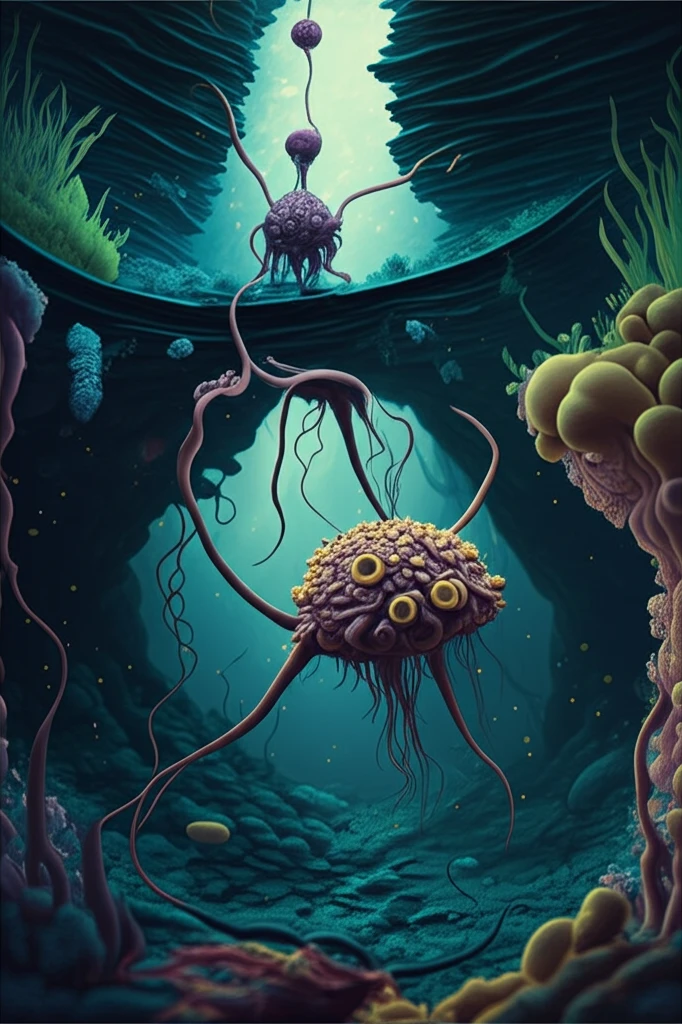
Is Your Drinking Water Safe? Uncover the Hidden World of Subsurface Microbes
"A Deep Dive into Microbial Transport and Groundwater Contamination"
The unseen world beneath our feet teems with life, especially microorganisms. While often overlooked, these tiny organisms play a crucial role in our environment, particularly in subsurface environments like soils and aquifers. Understanding how these microbes move and change (their transport and fate) is essential, especially when it comes to protecting our drinking water.
This is because the subsurface can act as a pathway for pathogens – harmful microorganisms that can make us sick. These pathogens, often introduced through human activities, can contaminate groundwater, which serves as a primary drinking water source for a significant portion of the global population. On the flip side, harnessing the power of beneficial microbes in the subsurface holds promise for environmental cleanup. Optimizing their use in bioremediation could help us tackle pollution and restore our ecosystems.
Inspired by the Ninth International Symposium for Subsurface Microbiology in 2014, recent research efforts are shedding light on the occurrence, transport, and fate of microorganisms in these complex environments. This research aims to improve our ability to protect drinking water resources and use in situ environmental remediation.
The Hidden Risks: How Microbes Contaminate Our Groundwater

Groundwater contamination by microorganisms is a serious concern. Consider these facts:
- Sources of Contamination: Surface water and wastewater, even after treatment, can still contain microorganisms that infiltrate groundwater resources.
- Pathways to Exposure: Pathogens can find their way into our drinking water through various pathways. Some are due to recreational exposure to surface water.
- Disease Outbreaks: Numerous waterborne and foodborne disease outbreaks have been linked to contaminated groundwater supplies.
Looking Ahead: Protecting Our Water Resources
By enhancing in situ environmental remediation and to assess the risk to, and protection of, our water resources from microbial contamination, findings from research identifies critical gaps in knowledge, conditions of increased risks, and limitations of models. It's a call to action for researchers and policymakers to invest in further studies, refine existing models, and develop innovative solutions for safeguarding our water resources. Through continued efforts, we can ensure access to safe and clean drinking water for all.
